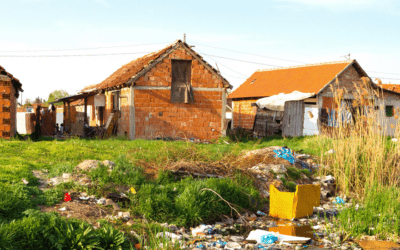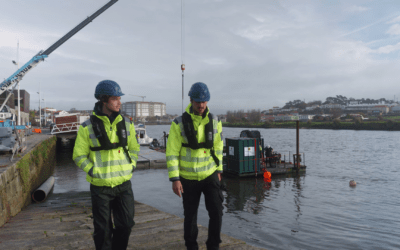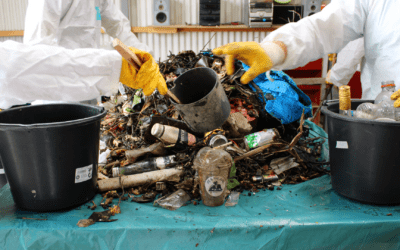In 2019, Amsterdam became the first city in the world to deploy the innovative Bubble Barrier technology in its iconic canals. Initially launched as a pilot, this pioneering solution has proven its effectiveness and is now set to become a permanent feature in the city’s waterways. The Bubble Barrier successfully intercepts an impressive 186,432 pieces of plastic debris per year and will continue safeguarding Amsterdam’s canals for years to come.
Author: Judith de Waard
On September 17, 2024, the Municipality of Amsterdam, alongside the regional water authority Waterschap Amstel, Gooi, and Vecht, officially approved the Bubble Barrier as a permanent installation due to its outstanding results. Given its success, city officials are now exploring the possibility of introducing Bubble Barriers to other parts of Amsterdam.
An Effective Solution to Plastic Pollution
The Bubble Barrier has demonstrated remarkable efficacy, capturing 86% of the floating plastic before it has a chance to flow into the North Sea. By intercepting nearly a tonne of plastic annually, it plays a crucial role in reducing plastic pollution in Amsterdam’s waterways. Located in Westerdok, Amsterdam, the system strategically captures waste before it reaches the River IJ.
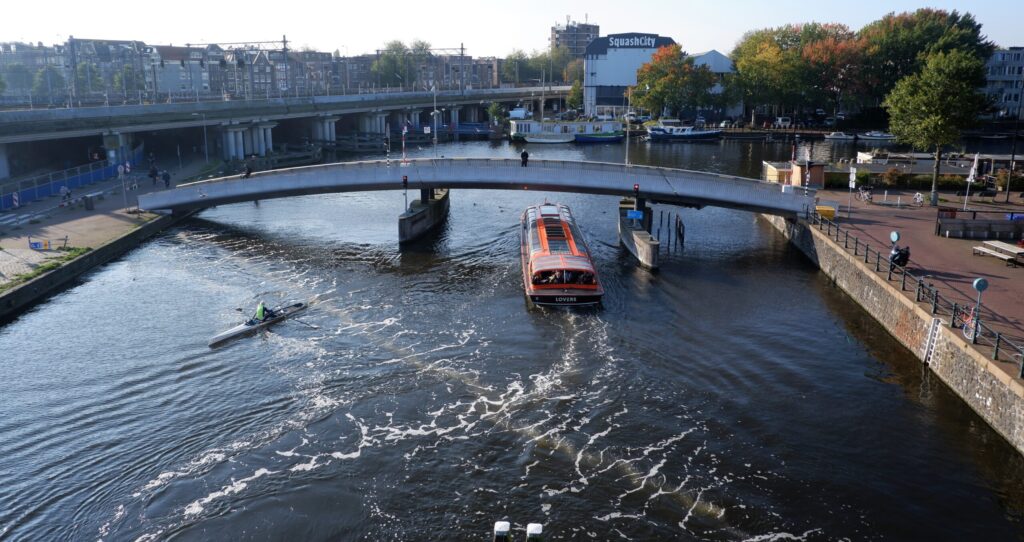
Measuring Impact by Monitoring the Plastic Caught
On behalf of Waterschap Amstel, Gooi, and Vecht, a research alliance with the Plastic Soup Foundation and The Great Bubble Barrier was formed to monitor the plastic catch of Bubble Barrier Amsterdam.
Over one year, a total of 38,178 pieces of dried, inorganic waste was monitored and categorised using the river-OSPAR method. The collected data is important to effectively prevent plastic waste from entering the UNESCO-protected canals in the future.
After sorting Bubble Barrier Amsterdam’s catch into the twelve main OSPAR categories, we observed that the most common material found – over 71% – was plastic. Read more about the impact of Bubble Barrier Amsterdam here.
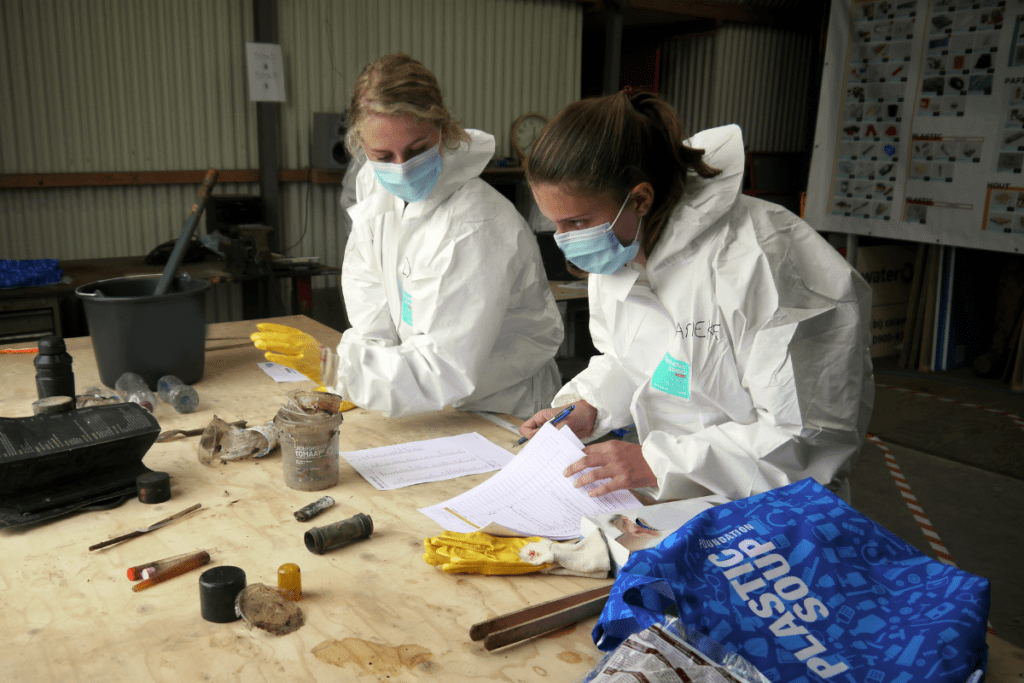
A Collaborative Project From its Inception
Bubble Barrier Amsterdam was commissioned by Waterschap Amstel, Gooi and Vecht and the Municipality of Amsterdam as part of the “Amsterdam Clean Water” programme, to achieve plastic-free waters in Amsterdam by 2030.
Waternet cleans the cities’ waterways by boat every day on behalf of the water board and municipality. By adding the Bubble Barrier technology to the cities’ waste management structure, plastic waste that is beneath the surface and smaller in size can be captured and removed easily.
What’s Next?
Amsterdam’s dedication to cleaner water is setting an inspiring precedent for cities around the world. By adopting forward-thinking technologies like the Bubble Barrier, the city has emerged as a leader in combating plastic pollution.
The approval of the Bubble Barrier as a permanent solution is just the beginning. As part of its ambitious goal to become a ‘Plastic Smart City,’ Amsterdam will continue exploring new ways to reduce plastic waste and protect its precious waterways.
Want to learn more about Bubble Barrier Amsterdam?
Visit our impact page.

